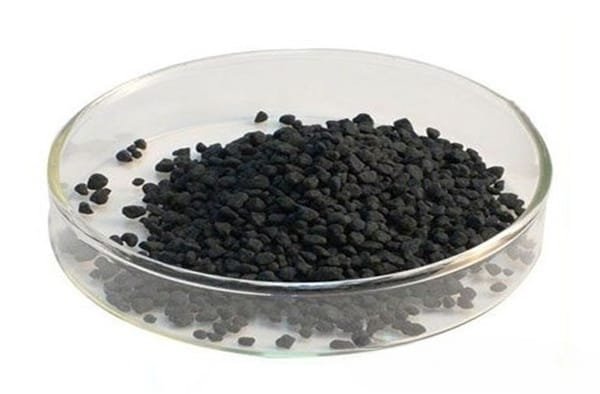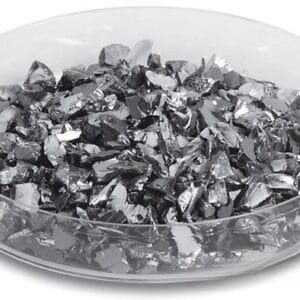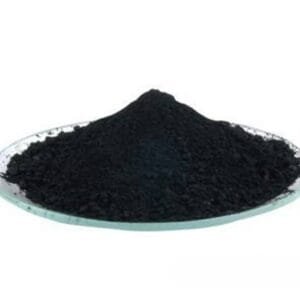Tantalum Silicide Evaporation Materials: Overview
Tantalum silicide evaporation materials, with the chemical formula TaSi₂, are specialized silicide ceramics known for their exceptional purity. TFM excels in manufacturing tantalum silicide materials with purity levels reaching up to 99.9995%. These high-purity materials are crucial in deposition processes, ensuring the production of high-quality deposited films. Our rigorous quality assurance procedures guarantee the reliability of these materials for various applications.
Applications of Tantalum Silicide Evaporation Materials
Our tantalum silicide evaporation materials are utilized across several deposition techniques, including semiconductor deposition, chemical vapor deposition (CVD), and physical vapor deposition (PVD). They are particularly valuable for optics applications such as wear protection, decorative coatings, and display technologies.
Packaging and Handling
TFM ensures that tantalum silicide evaporation materials are meticulously tagged and labeled to facilitate easy identification and stringent quality control. We prioritize the safe packaging and handling of these materials to prevent any damage during storage and transportation.
Contact Us
As a leading supplier of high-purity tantalum silicide evaporation materials, TFM offers a range of forms including tablets, granules, rods, and wires. We also provide custom shapes and quantities upon request. In addition to tantalum silicide, we offer evaporation sources, boats, filaments, crucibles, heaters, and e-beam crucible liners. For current pricing and to inquire about products not listed, please contact us directly.


 MSDS File
MSDS File



Reviews
There are no reviews yet.